Mixing Cocaine and Other Stimulants
Written by Rob Alston
& Medically Reviewed by Dr. Conor Sheehy, PharmD, BCPS, CACP
Medically Reviewed
Up to Date
Updated 03/31/2022
Combining cocaine with other stimulants causes additive effects that greatly increase the risk of Serotonin Syndrome and heart damage.
Cocaine is a powerful stimulant and popular drug of abuse. It can be prescribed as an anesthetic for minor injuries but is rarely used in the medical community.
When cocaine enters the body, it affects multiple organs and processes. In the brain, the drug increases the release of dopamine and norepinephrine. Dopamine creates the pleasurable effects of cocaine, and, when released, can cause addiction.
Norepinephrine is responsible for elevating mood but also impacts the cardiovascular system. When cocaine increases norepinephrine, blood vessels throughout the body constrict; this increases blood pressure and decreases the amount of oxygen delivered to different organs.

Did you know?
Many insurance companies will cover the cost of treatment for drug and alcohol addiction. Verify your insurance benefits with The Recovery Village Palm Beach at Baptist Health.
Dangers of Polysubstance Abuse
Polysubstance abuse occurs when people mix more than one drug of abuse at a time. Cocaine is commonly mixed with alcohol, marijuana, prescription depressant, and other stimulants.
People may mix drugs to experience the effect of both at the same time. Others mix drugs to combat the side effects of other drugs. For example, some people use cocaine to combat the confusion and drowsiness from alcohol.
Polysubstance abuse is incredibly dangerous and unpredictable. It increases the risk of overdose, serious side effects, and less common drug interactions.
Mixing Cocaine with Other Stimulants
Mixing stimulants will increase the effects of each stimulant, producing some or all of the following side effects:
- Constricted blood vessels
- Dilated (larger than normal) pupils
- Extreme talkativeness
- Higher body temperature
- Increased blood pressure
- Irritability
- Nausea and vomiting
- Paranoia
- Rapid heart rate
- Restlessness
- Sweating
- Tremors and muscle twitching
When cocaine is mixed with another stimulant, a dangerous condition called Serotonin Syndrome can result. During Serotonin Syndrome, increased levels of serotonin hijack the body’s ability to regulate temperature, mood and muscle control. A person may experience tremors, rapid heart rate, agitation, confusion and hyperthermia (abnormally high body temperature). The symptoms are often severe and life-threatening.
Mixing cocaine with other stimulants greatly increases the risk of serotonin syndrome, especially if the person takes other medications that increase serotonin. These medicines include antidepressants, anti-anxiety medications, and several over-the-counter cough medications.
Cocaine and MDMA
MDMA (sometimes referred to as molly) is a stimulant that also possesses traits of hallucinogens. Mixing cocaine and molly can significantly increase the risk of dehydration, jaw clenching, blood pressure, seizures, paranoia and heart problems.
Cocaine and Adderall
Adderall is a prescription medication that contains amphetamine salts. It is normally used to treat attention-deficit/hyperactivity disorder (ADHD) but can produce a high similar to cocaine if abused. The combined effects of these drugs increase risk to the heart and cardiovascular system.
Cocaine and Meth
This combination is similar to cocaine and Adderall. Methamphetamine is chemically similar to amphetamine salts in Adderall, though meth enters the brain in a higher percentage than Adderall. Cocaine and meth together greatly increase the risk of heart problems, sleep disturbances and mood and thought symptoms.
Cocaine and Caffeine
The effects of caffeine are mild compared to cocaine, but their combination increases the risk of heart damage. In fact, animal studies have shown caffeine to be more addictive than cocaine.
Are you or a loved one struggling with addiction?
Our Recovery Advocates are available 24/7 to help.
Signs of Cocaine Abuse
It can be difficult to spot cocaine abuse, but symptoms tend to increase in severity over time. Those who are abusing more than one stimulant at a time will have more visible side effects. Furthermore, it may take longer to recover from drug use.
Some signs of cocaine abuse may include:
- Anxiety
- Changes in mood and behavior
- Changing friend groups
- Depressed mood
- Increased talkativeness
- Lost sense of smell and taste
- Lung damage and cough (smoked cocaine)
- Nosebleeds
- Panic attacks
- Problems with memory and attention
- Problems with finances
- Runny nose
- Unexplained high or low energy levels
- Weight loss
If you or someone you know is struggling to stop using cocaine or other stimulants, please call The Recovery Village Palm Beach at Baptist Health to ask about cocaine addiction treatment. The effects of abusing stimulants are difficult to notice at first, but they can cause permanent damage and lead to life-altering consequences. Call The Recovery Village Palm Beach at Baptist Health to speak with a representative about treatment options.
View Sources
Mentalhelp. “Effects of Mixing Cocaine & Ecstasy.” 2009. Accessed November 10, 2019.
Muñiz, Javier A.; et al. “Cocaine and Caffeine Effects on the Conditioned Place Preference Test: Concomitant Changes on Early Genes within the Mouse Prefrontal Cortex and Nucleus Accumbens.” Frontiers in Behavioral Neuroscience, 2017. Accessed November 10, 2019.
National Drug and Alcohol Research Centre. “Polydrug Use.” Positive Choices, 2014. Accessed November 10, 2019.
National Institute on Drug Abuse. “Cocaine.” 2019. Accessed November 10, 2019.
National Institute on Drug Abuse. “What Are the Long-Term Effects of Cocaine Use?” 2019. Accessed November 10, 2019.
Volpi-Abadie, Jacqueline; et al. “Serotonin Syndrome.” 2013. Accessed November 10, 2019.
Authorship


 Insurance
Insurance About Us
About Us Our Facility
Our Facility Admissions
Admissions Programs
Programs Medical Detox
Medical Detox Inpatient Rehab
Inpatient Rehab Aftercare & Recovery
Aftercare & Recovery
